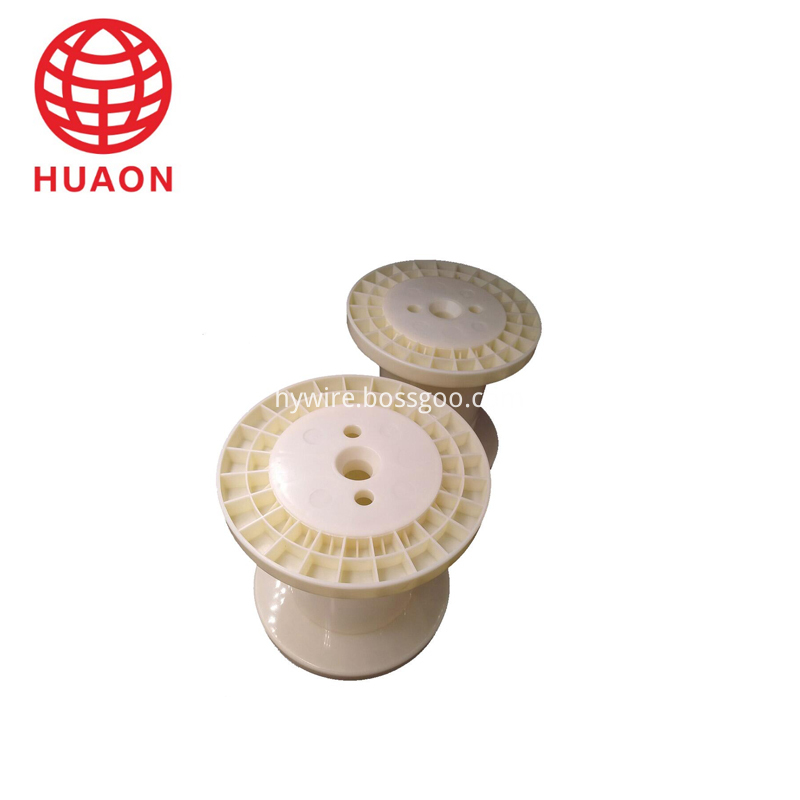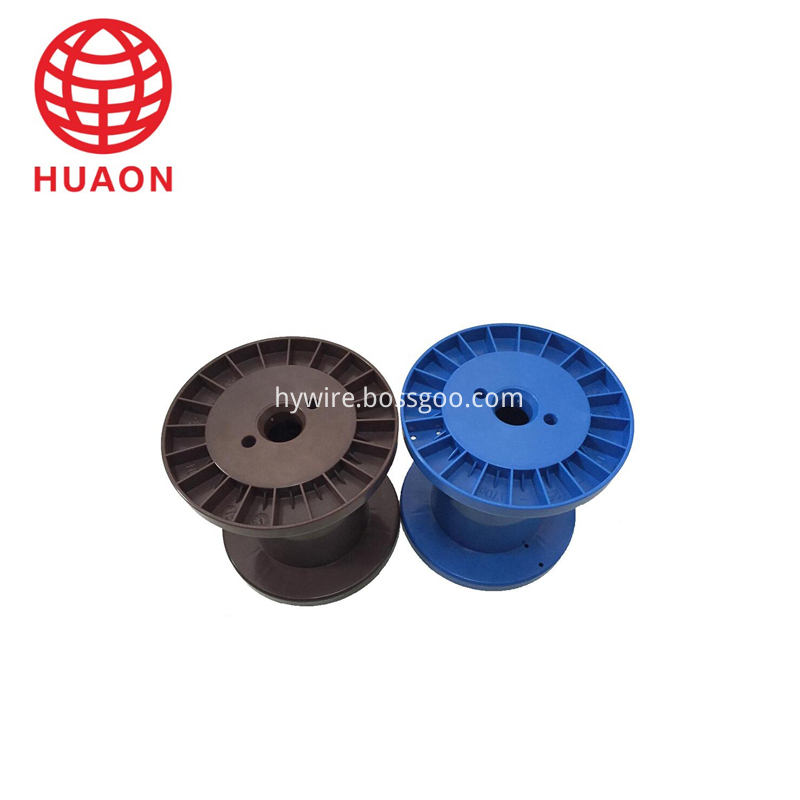On the afternoon of October 7, the Royal Swedish Academy of Sciences announced that the 2014 Nobel Prize in Physics was jointly awarded to Japanese scientists, Isamu Akasaki, Hiroshi Amano, and the Japanese-American scientist Nakamura of the University of California, Santa Barbara. Shuji Nakamura, in recognition of their contribution to the invention of a new energy-efficient light source, namely blue light-emitting diodes (LEDs), opens up new possibilities for energy savings.

Not discovering, is an invention that affects humans
"Blu-ray LEDs don't sound so sinister or tall, but they are results that can have a great impact on human society," said Ji Xiangdong, a professor of physics at Shanghai Jiaotong University.
Red and green diodes have been around for a long time, but to produce white light, red, blue, and green primary colors are required to work at the same time. Since the original diode is too low in luminescence energy, it can only emit red and green light, and blue light means that it needs to emit higher energy. In the late 1980s, Akasaki and Amano co-operated at Nagoya University, while Nakamura Shuji was an employee of a chemical company in Tokushima Prefecture. He proposed the idea of ​​preparing gallium nitride blue light-emitting diodes. Only three years after proposing this idea, Nakamura Shuji published his first English article in Applied Physics Letters: a novel for growing gallium nitride. Metal organic chemical vapor deposition. When the paper was published, it sensationalized the world's semiconductor industry and the scientific community. At that time, many large companies in the world and famous university research institutions were suffering from the preparation process of semiconductor blue light source film materials, and GaN was III-V. The most promising wide bandgap optical material among family semiconductor materials.
Subsequently, the study of Akazaki, Nakamura Shuji, and Amano provided humanity to enter a revolution in light source. "As they say, this is not a discovery, but an invention. This requires a major breakthrough in materials and devices, and it takes the road from theory to application. It is precisely because these three scholars have done different things. Breakthrough makes the promotion of LED lighting applications possible.†Lu Wei, director of the Shanghai Institute of Technical Physics of the Chinese Academy of Sciences, said that many scholars and these three scholars are engaged in the research of blue-light diodes at the same time, but because of the inability to manufacture materials and devices. I made a breakthrough and could not achieve my research intentions, and I had to choose to give up.
This is also why, when the Nobel Prizes Committee yesterday called Nakamura Shuji and told him to win this year's Nobel Prize in Physics, Nakamura had two minutes to react. Later, when asked what he thought, he paused for a long time and even said a few "yes", and then only said "it is simply too hard to believe". It is understood that the three scientists are constantly improving their own results to get More efficient luminous flux. The latest record is 300 lumens per watt, which is equivalent to 16 ordinary bulbs and nearly 70 fluorescent lamps. According to reports, one-quarter of the world's electricity consumption is now used for lighting, and more efficient LED lights help save the earth's resources.
Another way to take the path of others not to go
On the Nobel website, you can see the description of the three winners--"When Akasaki and Amano, and Nakamura Shuei participated in the celebration of the Nobel Prize Committee in early December, they should notice the lights on the streets of Stockholm. They use the energy-saving LED white light street lamp they invented. Red and green light diodes have been with us for half a century, but blue light is the technology that really brings revolutionary changes. Only the light of these three primary colors can form white light, illuminate us. The world. These three scholars have continued their efforts in academic research and industry to solve the problems that have existed for more than 30 years...
"They won't win their theoretical breakthroughs, but their breakthrough in material technology and device fabrication." Professor Chen Liangwei, who has been working on optical devices for a long time in Fudan University, said: "Nakamura Shuji studied blue-light diodes in the company that year. I personally modified the MOCVD long film, and I have a deep understanding of the long film mechanism. The quality of the GaN film made by others is very poor. Many people have given up, he just made it, and finally succeeded a little bit. This is not to be said. His technical breakthrough."
In fact, many scientists know that GaN has a lot of theoretical and experimental results on the energy band structure, PN conductivity type regulation and luminescence properties of this material. The real headache is that To achieve deviceization of this material, the substrate material must be lattice matched to the gallium nitride. At that time, many scientists followed the trend to develop new semiconductor materials. As Nakamura Shuji later joked, because the research and development power of large companies filled the hills of new material development, he only had another way to take the path of others.
Physics Awards favor application research in recent years
When physics is also considered by many to be a variety of particles that are incomprehensible, the Nobel Prize in Physics has not been awarded to basic research that has had a major impact on human cognition in recent years. The more discoveries are made to the physics that have practical value.
Previously, overseas scholars believe that blue-light semiconductor light-emitting diodes are the most likely theme of winning this year. Because in recent years, the Nobel Prize has increasingly favored research results that have application prospects and have a great impact on humans.
In 2000, one of the two winners of the Nobel Prize in Physics was electrical engineer Jack Kilby, who won the award for his important contribution to the invention of integrated circuits. The invention of integrated circuits has clearly brought great influence to human society. This is the first time that the physics award has been awarded to applied research. This is also considered a signal that physics awards are not only rewarded for basic research, but the Nobel Committee is also beginning to realize that some of the results that can bring great applications and influences in human society are very important.
Since the beginning of the 21st century, although most physics awards have been awarded to basic discoveries, the 2009 Physics Awards were awarded to two practical topics—one for fiber-optic cables and the other for charge-coupled devices ( CCD) image sensor.
Promote new lighting technology through industrialization
Nakamura repaired two major material preparation problems in just four years, one is the growth of high-quality gallium nitride film, and the other is the regulation of gallium nitride hole conduction. For the former, he finally obtained a high electron mobility gallium nitride film on a common sapphire substrate through as many as 500 tests. The latter problem is because he found that blue diode materials can be obtained on a large scale as long as the hydrogen concentration in the process is controlled. In April 1994, when Nakamura Shuji opened the blue laser he invented at the spring materials conference held in San Francisco, the scientists in the entire conference hall were like children watching fireworks, and they continued to make awe-inspiring sounds.
It is reported that Nakamura Shuji has cooperation with many organizations in Shanghai. In addition to his role as a consultant at the Advanced Lighting Technology Engineering Research Center of the Ministry of Education at Fudan University, he has also served as a consultant for many institutions in Shanghai and regularly conducts academic exchanges. So far, in addition to his position at Santa Barbara, he has also run a technology company to promote some new lighting technologies through industrialization.
The contribution of GaN LEDs invented by Nakamura Shuji to humans is obvious: after the appearance of blue LEDs, red and green light can be excited by phosphorus to produce white light and other various colors. Or together with the original red and green LEDs to produce white light and other various colors of light. Blu-ray LEDs also have other applications, such as Blu-ray Disc, UV LEDs developed from Blu-ray LEDs can also efficiently purify domestic water; optical fiber communication transmission efficiency is improved; all-solid-state white light source with long life and high electro-optic conversion efficiency will Greatly promote the green energy development process.
Reason for winning
The three winners made a significant contribution to the discovery of a new high-efficiency, environmentally friendly light source, the blue light-emitting diode (LED). With the help of blue LEDs, white light can be created in new ways. With LED lights, we can have longer lasting and more efficient lights instead of the original light source.
Because of this year's Nobel Prize in Physics, people have entered the "freedom of the world" in the manufacture of energy-saving light sources. Although these three scientists have won the Nobel Prize for inventing blue light-emitting diodes (LEDs), it is precisely because of this Invented, humans can create any desired LED light—blue light-emitting diodes not only enable white light to be created in a new way, but because of the advent of blue-light diodes, one can also complement the three primary colors, enabling humans to make LEDs. The spectral range of the light source is wider, and it can be said that it is a state of freedom.
What is interesting is the message from this award-winning project: The Nobel Prize in Physics seems to have increasingly favored applied research that can make a huge difference in human life in recent years.
| About Plastic Spool |
For package of enameled copper and Aluminium Wire ,we also product plastic spool.White ,black, blue, and can be producted by requirements of clients.most of products' material are ABS.
PT 25/ PT 60/ PT 90/ PT 200 and DIN 250 and etc.


Product Process:
Material Ready-Production-demolding-deburring-Quality test-packing-shipping.It depends on the parts we made. Besides, we will maintain or replace the mould by ourselves.Hot processing molding, injection molding, extrusion is process of Plastic spool or bobbin.
Plastic Spool
Plastic Spool,Plastic Small Empty Wire Bobbin,High Quality Plastic Bobbin,Small Empty Wire Bobbin
HENAN HUAYANG ELECTRICAL TECHNOLOGY GROUP CO.,LTD , https://www.huaonwire.com